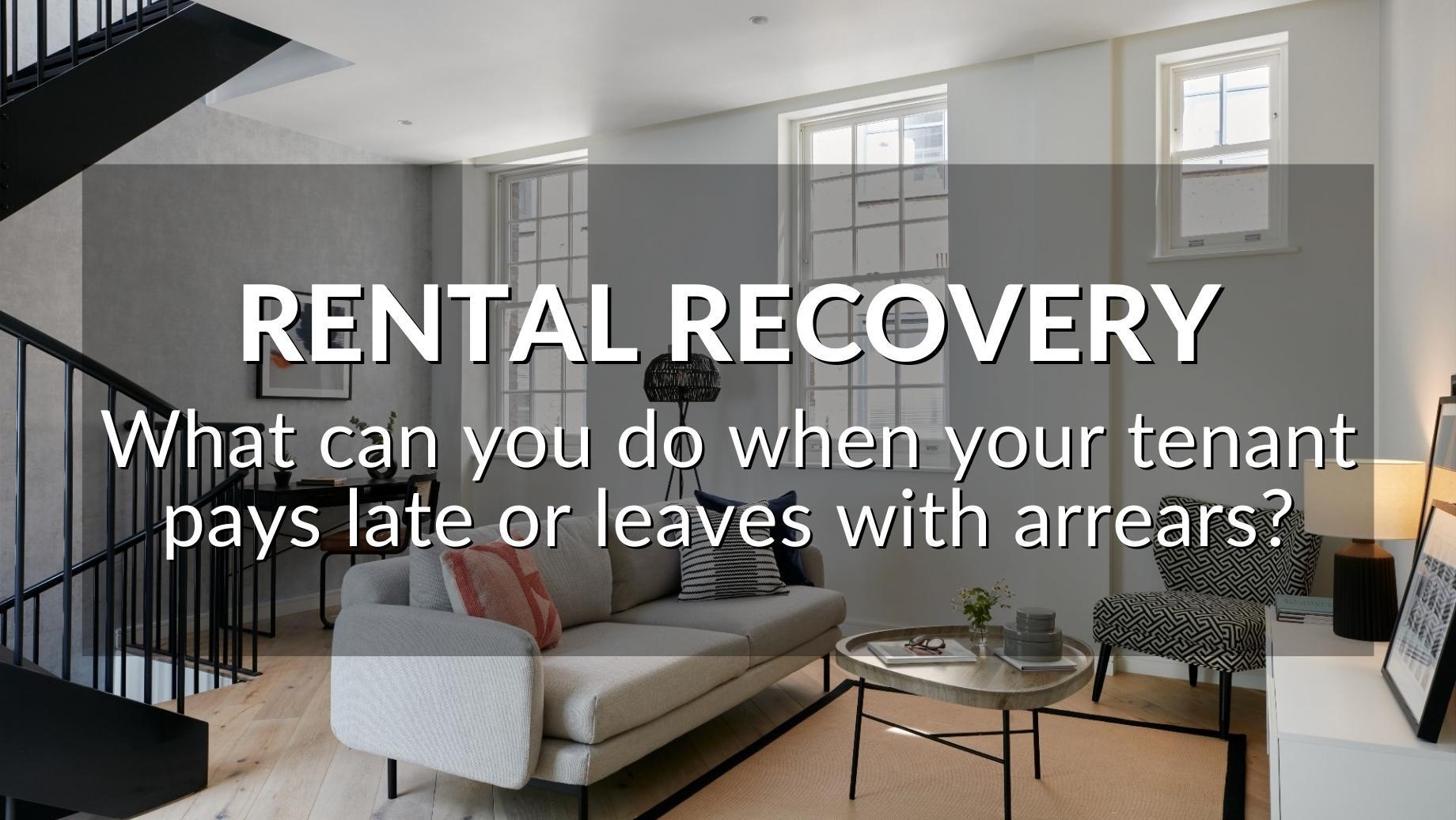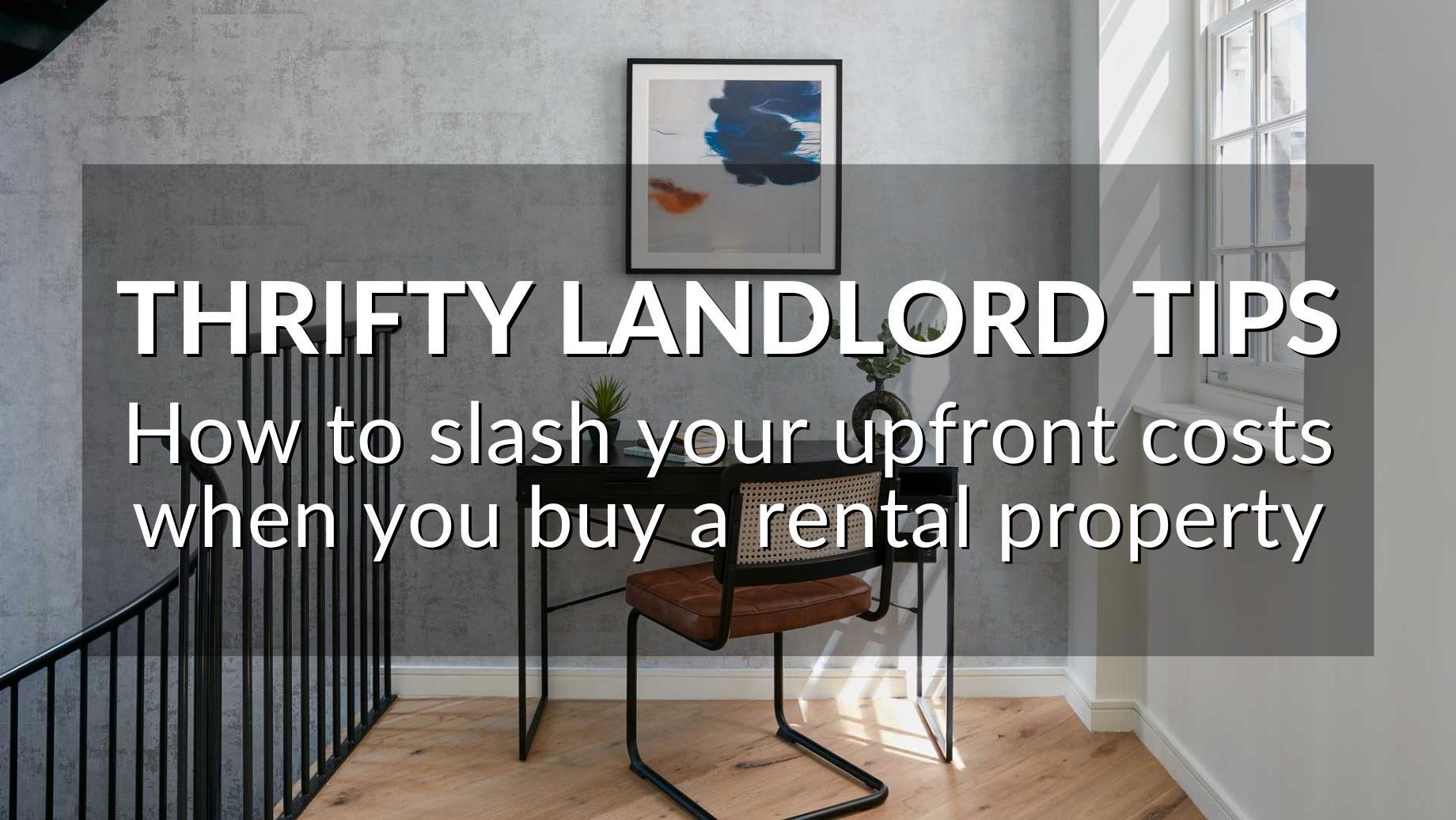
Arrears - a dreaded word among landlords and, for anyone with even a mildly British temperament, an often uncomfortable situation to discuss and resolve.
We’re fortunate enough to have very few tenants behind with their rent, but we also know the current economic climate could throw anyone’s finances off course.
As the cost of living crisis bites, household budgets are getting squeezed, and rent arrears are more of a threat. It may never affect you, but if your tenants do stop paying their rent, you need to act quickly to prevent the situation from spiralling out of control.
With that in mind, this week’s blog contains everything you need to protect yourself from the start, find solutions to financial hiccups, and recover what you’re owed.
START BY PROTECTING YOURSELF
The best way to prevent rent arrears from building up and causing you financial woe is to set your tenancies up correctly and securely. This includes:
● Proper referencing – we can’t stress how important this is, yet we still meet plenty of landlords who accepted a tenant without checking their status. Not to make light of it, but in the words of Julia Roberts in Pretty Woman: “Big mistake. Huge.”
● Face-to-face viewings – never rent to anyone you haven’t met in person or who hasn’t been inside your property.
● Rent guarantee insurance – this offers invaluable security right now for a relatively small monthly cost. Typical policies cover lost rent for 6 to 12 months, together with the legal fees involved in regaining possession. As long as you have satisfactory tenant references, cover is available for new and existing tenancies.
For a deeper dive into keeping your income and rental property protected, take a look at our previous blog on what kinds of insurance a landlord should have.
GETTING YOUR LATE RENT PAID
It’s good practice to check your bank statements religiously on the first working day after the rent is due. A missed payment doesn’t automatically mean your tenant has gone rogue: it could be nothing more than a personal oversight, bank error, or short-term financial glitch.
Nonetheless, it’s essential to act immediately and stop one month’s late rent from turning into two or more. Follow this simple three-step process to get your rent up to date asap:
1 Start with a gentle-but-firm reminder text or email asking your tenant to check with their bank if the payment has gone out, or if they know why the rent wasn’t paid.
2 Follow up with a phone call if you receive no response or rent within 24 hours, then with a formal letter if you’ve not heard back after several days. Usually, this works.
3 Make a plan – ideally, your tenant will get their rent up to date right away, but if they don’t have the funds right now, can you settle on a payment plan over a few months?
Whether it’s a one-off thing or your tenant is prone to paying a few days late, knowing that you’re on the case can be all they need to pay on time and avoid the embarrassment of being chased up.
DEALING WITH UNPAID ARREARS
Tenants can fall into arrears for any number of reasons. A relationship break-up, losing their job, becoming ill or simply having trouble with the increased cost of living can quickly put anyone into financial difficulty.
Although these conversations can be uncomfortable (a big reason why landlords use managing agents), the first step is to get total clarity on your tenant’s situation. A compassionate nudge around their finances could lead to a solution they may not see on their own.
● Ask your tenant if they’ve considered using a
budget planner to identify any short-term cost savings (things like Netflix, gym memberships, coffees, and takeaways can all mount up, but they can also free up useful cash when suspended).
● Explore whether a member of your tenant’s family could step in with financial assistance (or even become a guarantor) if your tenant wants to stay.
● Encourage your tenant to speak to the
Citizens Advice Bureau to see if they're entitled to financial support from the Government.
If your tenant says they can’t afford to live at your property anymore, remember that you can use their security deposit to make up some or all of the unpaid rent. For tenants who don’t respond to your attempts to get in touch, it’s time to move on to the next step.
GETTING YOUR PROPERTY BACK
Sometimes you have no choice but to take back possession of your rental property. Perhaps your tenants need you to evict them so they can get local authority housing, or they could simply be refusing to pay what they owe.
Depending on the circumstances, letting your tenants out of their contract might be the easiest route, so you can re-let your property and start earning income again. You’ll also create a path for your tenants to pay you back by moving somewhere cheaper or with family.
Otherwise, if your property is in England, Wales or Northern Ireland, you could serve the following:
● a Section 8 notice after the arrears hit two months for rent paid monthly (or eight weeks for rent paid weekly), bearing in mind that the process can be over a year with the current court backlog;
● a Section 21 ‘no fault’ notice if the tenancy is beyond its original term, then seek accelerated possession (which doesn’t need a court hearing) if your tenants refuse to leave after the two-month notice period.
In Scotland, there’s currently a limited ban on evictions, but you can still apply for an eviction order to enforce after the ban subsides. However, the ban doesn’t apply if:
● your tenant is six months or more in arrears
● you intend to move into or sell your rental property to alleviate financial hardship
● your tenant is no longer living there.
Remember: if you do need to start legal proceedings, it’s vital to serve notice in the correct way to avoid being dismissed by the court and having to start again.
RECOVERING UNPAID RENT FROM TENANTS WHO’VE LEFT
Regaining possession of your rental property is one thing, but recouping any unpaid rent is a different process. Ideally, your tenants will start paying you back after they leave, but if that’s not the case and you wish to claim through the County Court, here are some things to note:
● You need your tenant’s new address to include on the claim form. If you don’t have it, you can apply to the court to serve papers at their work.
● At this point, the threat of a County Court Judgement (CCJ) can push tenants to pay you back and avoid a poor credit rating that will damage their chances of renting or buying a home for years.
● If you go to court and win, it doesn’t necessarily mean your tenant will have the money to pay you what they owe.
● You could then apply for an Attachment of Earnings Order to take the money out of their income, but the courts tend to set very low monthly payments.
Given this lengthy legal obstacle course, it’ll probably come as no surprise that many landlords choose to simply move on without chasing unpaid rent. It’s far from ideal, but at least they have their property back and producing income.
WHAT'S YOUR NEXT STEP?
If you’d like some advice on getting your tenants back on track with their rent, or if you’re looking for a managing agent in Birmingham to take care of this sort of thing (and more!) for you, why not get in touch?
Call us on 0121 427 4777 or email us at info@truemanestates.co.uk for some landlord love.









